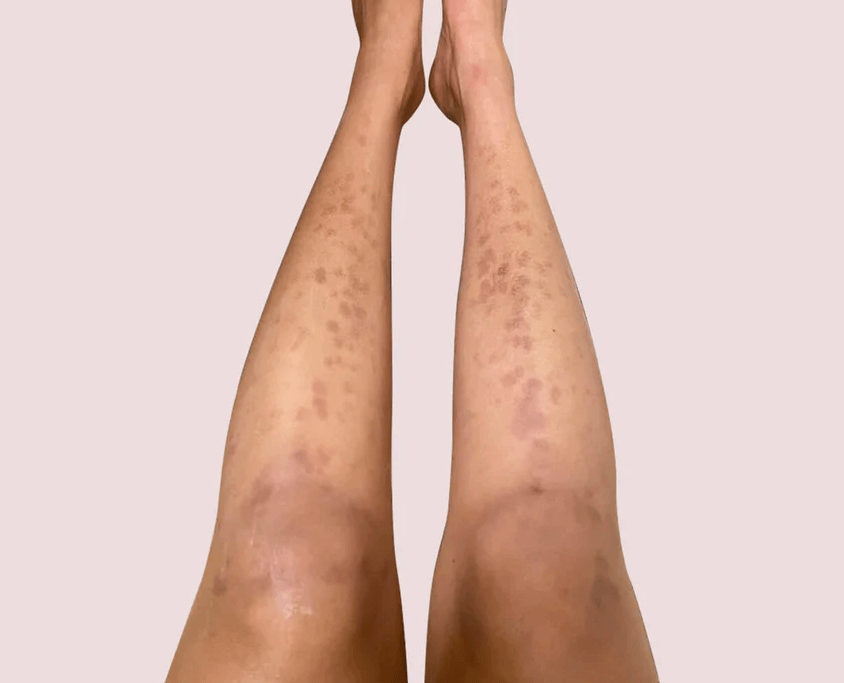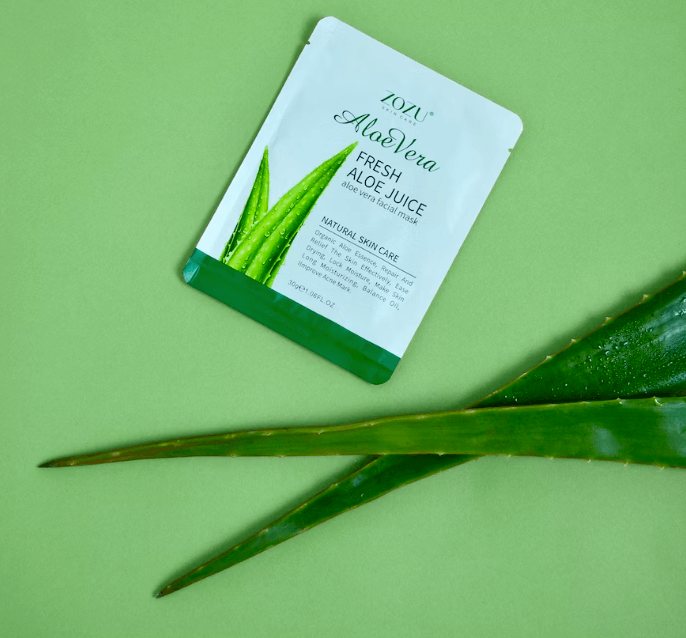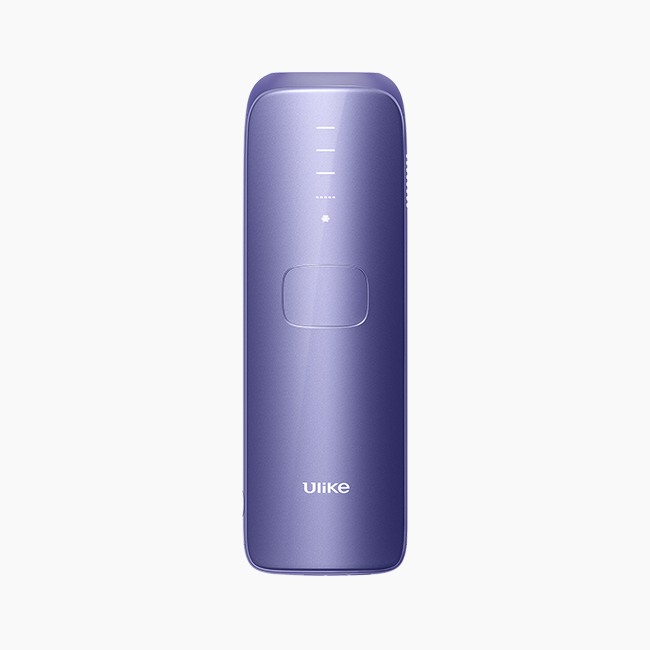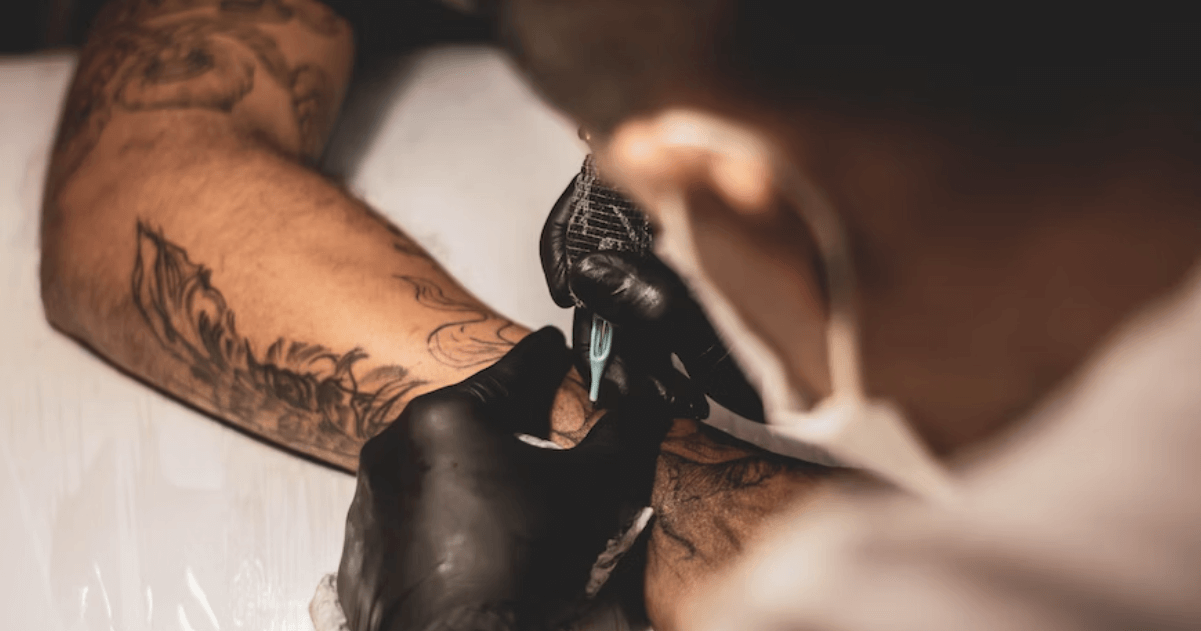
Laser hair removal is a cost-effective and long-lasting solution to removing unwanted hair. If you are reading this article, you might have considered it in the past or are looking into it. The process is non-invasive and safe but just like any medical procedure can cause side effects in some cases and that is usually burns. Rest assured, burns caused by laser hair removal rarely occur and there are a lot of ways to prevent them. In this article, we will be discussing what laser burns are, how they occur, and what steps you can take to prevent and treat them if they do happen. Keep reading, and we’ll make sure you are ready for your next appointment (1).
What are laser burns?
 A laser burn is a type of injury that happens to the skin when it is exposed to a high-energy laser beam. These burns usually look like mild redness and swelling. More severe cases of burning can include crusting, hyperpigmentation, peeling, and changes in skin color. The severity of the burn depends on several factors such as the type of laser being used, the energy level of the laser, the training and experience of the technician, and the sensitivity of your skin (2).
A laser burn is a type of injury that happens to the skin when it is exposed to a high-energy laser beam. These burns usually look like mild redness and swelling. More severe cases of burning can include crusting, hyperpigmentation, peeling, and changes in skin color. The severity of the burn depends on several factors such as the type of laser being used, the energy level of the laser, the training and experience of the technician, and the sensitivity of your skin (2).
How do laser burns occur during hair removal?
 During laser hair removal, the laser beam targets melanin- this is a pigment that gives your hair its color- in the hair follicle. The laser energy heats up the hair follicle, which damages the hair follicle and prevents hair growth. However, when the treatment isn’t performed properly, the laser beam can also heat up the surrounding skin which causes skin burns.
During laser hair removal, the laser beam targets melanin- this is a pigment that gives your hair its color- in the hair follicle. The laser energy heats up the hair follicle, which damages the hair follicle and prevents hair growth. However, when the treatment isn’t performed properly, the laser beam can also heat up the surrounding skin which causes skin burns.
Laser burns although rare can occur in the following situations:
- The device or the technician is not allowing proper cooling time.
- The device is an older device that does not have all the safety features of the latest IPL hair removal devices.
- The gel isn’t compatible with the device or isn’t dry before starting the procedure.
- The laser device is not properly calibrated.
- The technician is using an inappropriate laser on dark or tan skin since the laser energy is absorbed more due to the higher presence of melanin (3).
How to prevent laser burns during hair removal?
 As mentioned before, burns are rare but can be prevented to ensure optimal results. If you want to prevent laser burns during hair removal, here are some of the most important precautions to follow:
As mentioned before, burns are rare but can be prevented to ensure optimal results. If you want to prevent laser burns during hair removal, here are some of the most important precautions to follow:
- Choose a reputable provider: This is a crucial step to ensure safe and effective hair removal. Make sure that the provider you choose is licensed and experienced in laser hair removal. It is important to research the provider’s qualifications, and experience and look at reviews from past clients. Make sure to ask about the type of equipment they are using (the latest the technology and the equipment the better) and make sure they are providing you with an appropriate consultation and skin assessment before starting the treatment.
- Avoid sun exposure: You must stay out of the sun for at least two weeks before your laser hair removal appointment. Sun exposure can increase the risk of burns and hyperpigmentation. You also want to avoid using self-tanner and tanning beds.
- Take a break from your retinol: Avoid using retinol products on your skin for at least a week before your appointment. You probably also want to avoid getting any facials. Ultra-sensitive post-treatment skin might increase your risk of getting a burn.
- Shave before your appointment: Shave the area to be treated before your appointment. This will reduce the risk of burns by minimizing the amount of hair that the laser needs to target.
- Avoid other hair removal methods: Avoid other methods that might cause stress or damage to the skin such as waxing, plucking, or chemical removal.
- Communicate with your technician: Let your technician know if you have any skin conditions, allergies, or sensitivity to heat. They can adjust the laser settings to minimize the risk of burns.
- Avoid certain medications: Some medications, such as antibiotics and anti-inflammatory drugs, can increase the risk of burns. Make sure to inform your technician of any medications you are taking during your consultation before starting your treatment.
- Follow aftercare instructions: After your treatment, your provider will give you a set of instructions that will help your skin heal properly and minimize the risk of burns and infections. These instructions may include avoiding hot water, using cooling products, avoiding the sun, and using appropriate SPF sunscreen (4).
How to treat laser burns?
 In mild cases, if you do experience a laser burn, there are steps you can take to treat it. Here’s what you can do:
In mild cases, if you do experience a laser burn, there are steps you can take to treat it. Here’s what you can do:
- Cool the area: Apply a cold compress or run cool water over the affected area to reduce the temperature and minimize inflammation. Make sure to avoid hot water or baths.
- Use aloe vera: Apply aloe vera gel to the affected area to soothe and moisturize the skin. Aloe vera can also reduce redness and inflammation.
- Avoid sun exposure: Avoid sun exposure until the burn has healed. Sun exposure can make the burn worse and increase the risk of hyperpigmentation. Use SPF sunscreen as well.
- Consult a dermatologist: If the burn is severe or does not heal, consult a dermatologist. They can recommend prescription creams or ointments to speed up healing and prevent scarring (5).
In conclusion, laser hair removal is a popular cosmetic procedure for a reason, it provides a long-lasting solution for unwanted hair. Although it carries some risks of laser burns, these risks can be easily prevented and minimized through proper preparation, choosing a qualified practitioner, and following post-treatment care instructions. When performed by a trained professional and with the right precautions, laser hair removal is a low-risk procedure that can yield excellent results. If you’re considering laser hair removal always remember; research is the first step. With proper preparation and aftercare, you can enjoy smooth and hair-free skin with minimal risk of complications. Trust in the science behind the technology and the skills of your practitioner to achieve the results you desire.
References:
1. Raulin C, Greve B, Grema H. IPL technology: a review. Lasers Surg Med. 2003;32(2):78-87. doi:10.1002/lsm.10124. Available from: 4944
2. Adatto M, Halachmi S, Lapidoth M. Laser hair removal: an update. Dermatol Clin. 2014;32(2):253-261. doi:10.1016/j.det.2013.11.001. Available from: 4944
3. Dierickx CC, Grossman MC, Farinelli W, Anderson RR. Damage to hair follicles by normal-mode ruby laser pulses. J Am Acad Dermatol. 1996;35(6):889-894. doi:10.1016/S0190-9622(96)90334-5. Available from: 4944
4. Kilmer SL, Anderson RR. Clinical uses of lasers in dermatology. J Am Acad Dermatol. 1993;28(2 Pt 1):163-177. doi:10.1016/0190-9622(93)70022-V. Available from: 4944
5. Waibel J, Wulkan AJ, Rudnick A. The safety and efficacy of black skin-specific laser hair removal using a novel 1064 nm Nd: YAG laser. J Cosmet Laser Ther. 2013;15(3):146-149. doi:10.3109/14764172.2013.794721. Available from: 4944





















